14-days Sailing – Dubrovnik – Dubrovnik Route 1
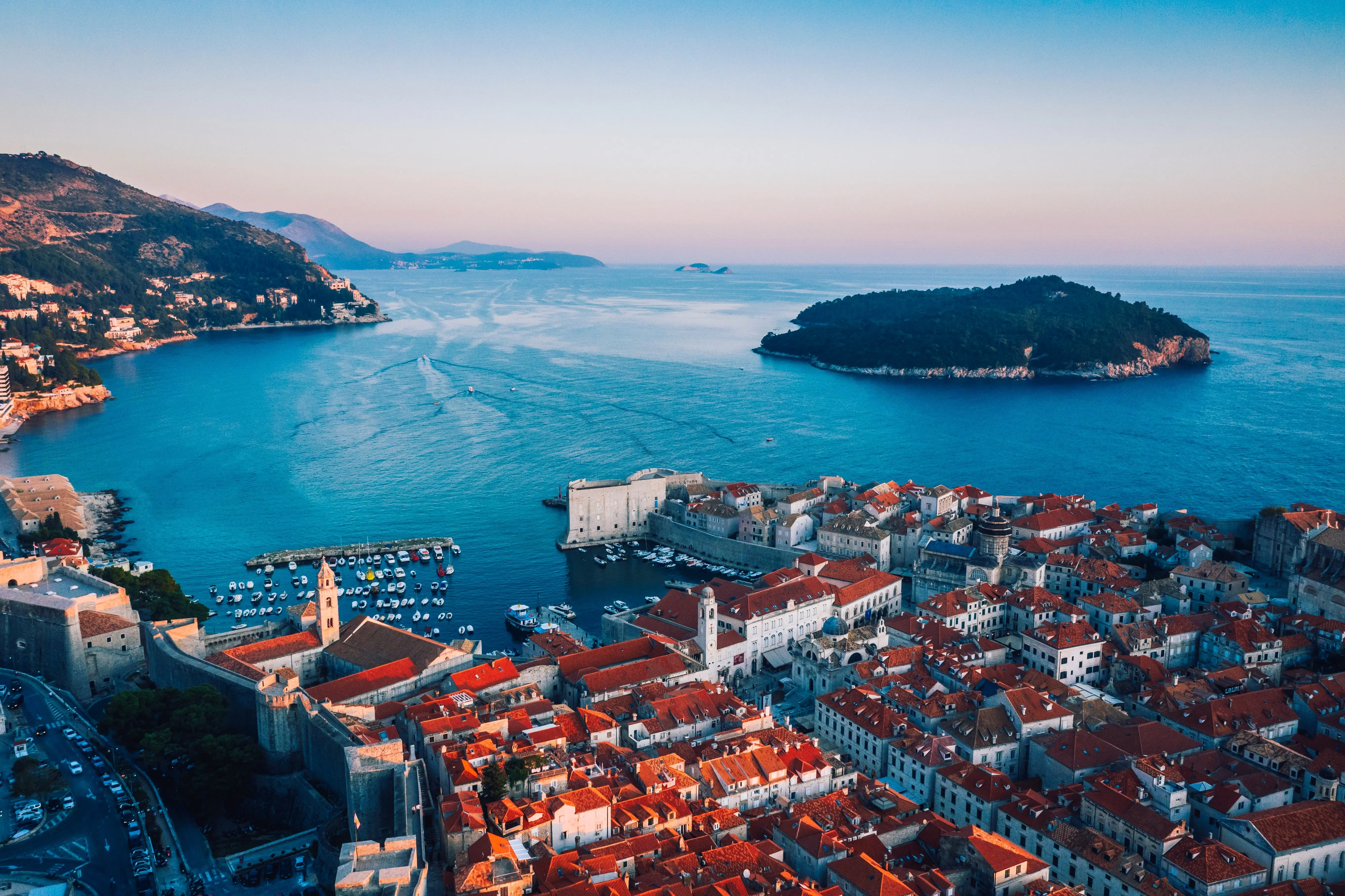
Day 1: Dubrovnik - Šipan
Šipan is the largest island of the Elaphite island group, off the coast of Dubrovnik. On its modest surface of 15km2, there are 42 villas and 34 churches; largely abandoned in the present day, though some are being restored. The pristine nature and abundant, authentic Mediterranean vegetation were recognized here since ancient times. Once housing over 7000 people, Šipan's only two villages Šipanska Luka and Suđurađ are home to around 450, mostly elderly citizens today. The crises of the 20th century led to Šipan's decline, but in recent times many investments promise a turn for the better. It is nevertheless a site of beautiful scenery, marine and land flora and fauna, and as such is a part of every excursion and travel plan through the southern Adriatic.
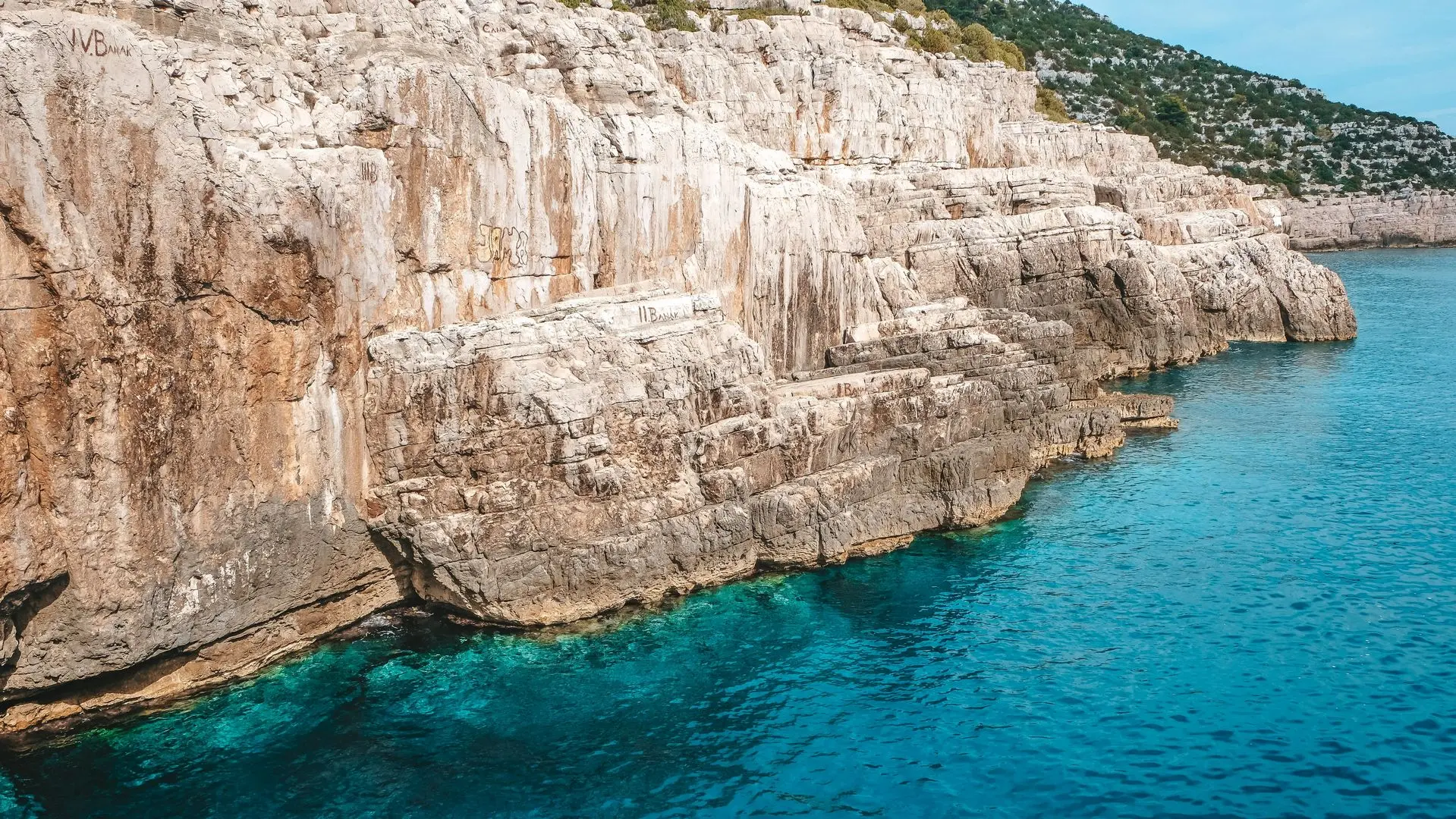
Day 2: Šipan - Polače (Mljet)
Polače is a cove on the north side of the island of Mljet, naturally shielded against all winds. It offers berthing from 2m - 5m depth on several locations within the cove, and larger vessels berths at several places at its mouth. Caution is advised when entering the cove, due to many shallow areas.
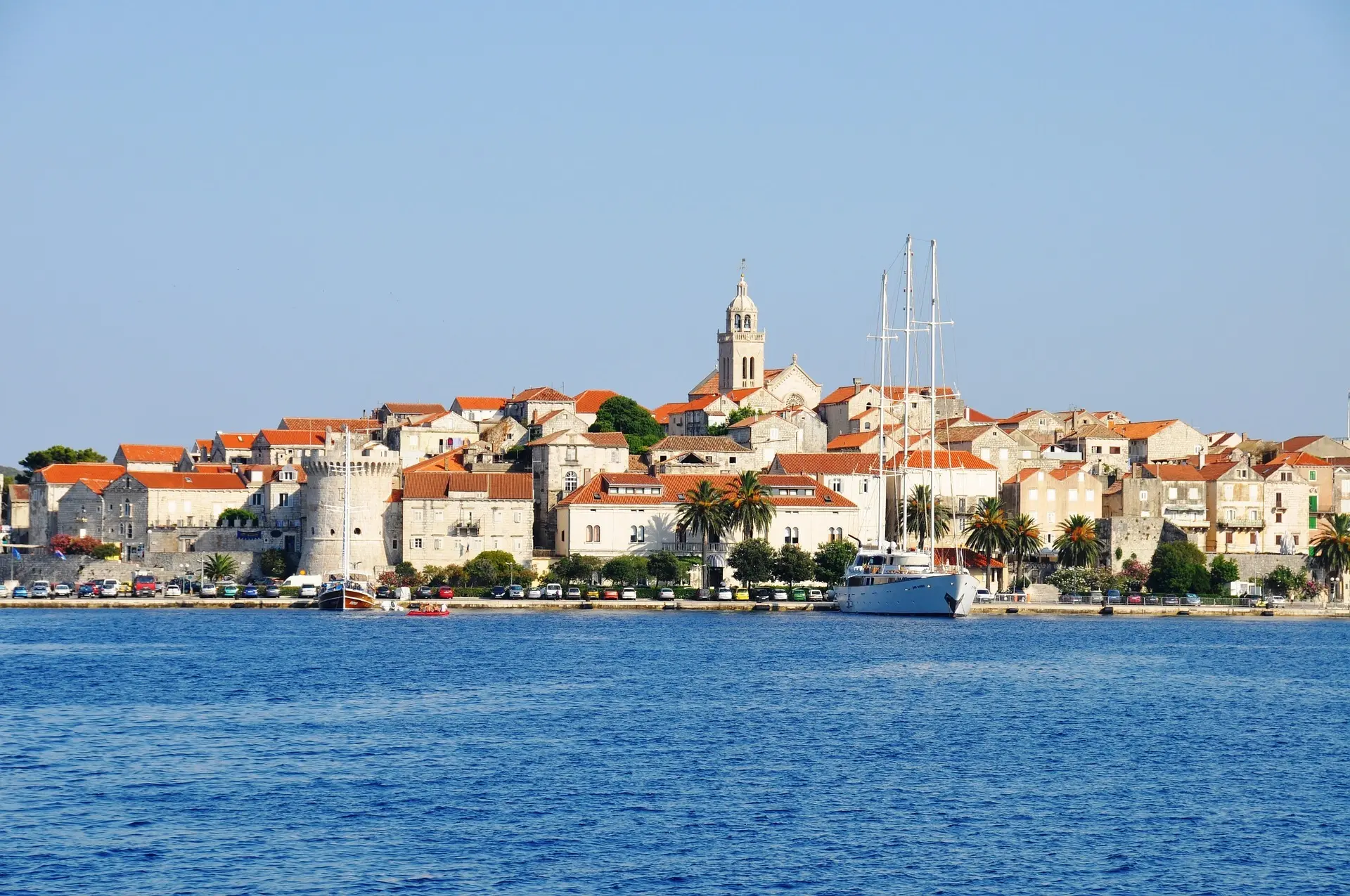
Day 3: Polače - Korčula (Korčula)
The island of Korčula is the jewel of the Adriatic archipelago. The island is indented with a series of isles and inlets, and a special mark is bestowed on it by its lush vegetation. Around it, you can enjoy swimming on many beaches, as well as diving in an underwater world of exciting flora and fauna. The city of Korčula is a historic and tourist center of its island. It is one of the best preserved medieval cities in the Mediterranean. Moreška, danced within Korčula, is one of three chivalric dances that you can witness only on this beautiful island. The town of Korčula is also considered the birthplace of the world's greatest traveller, Marco Polo, whose house of birth is located in the center of the old town. ACI Marina Korčula is situated in a small inlet east of town. Its northern side is protected with a breakwater.
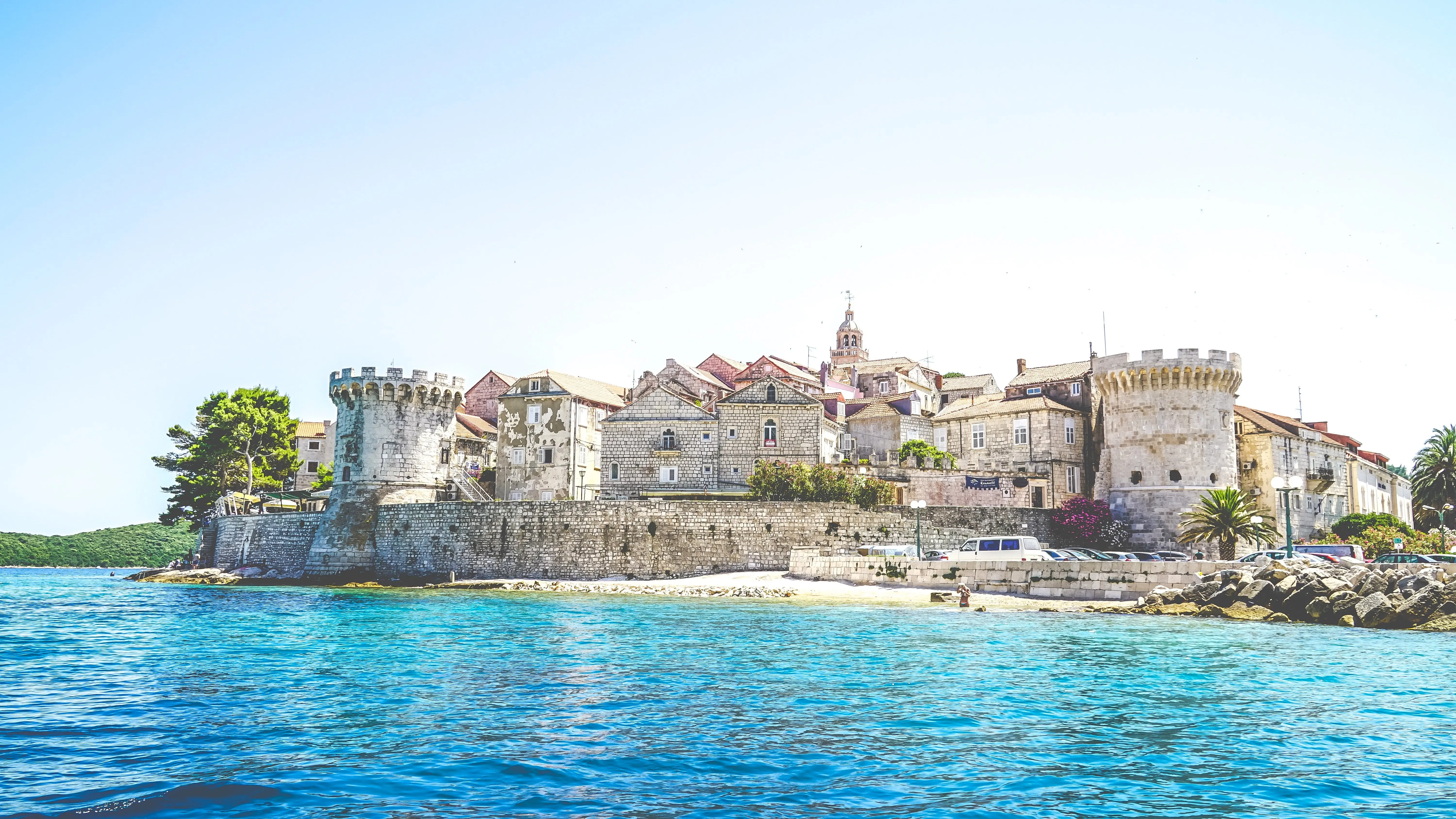
Day 4: Korčula - Šćedro
Šćedro is a small island between Hvar and Korčula, with two settlements Mostir and Nastane, now largely abandoned. It is exceptionally well indented, with many coves and inlets suitable for berth.
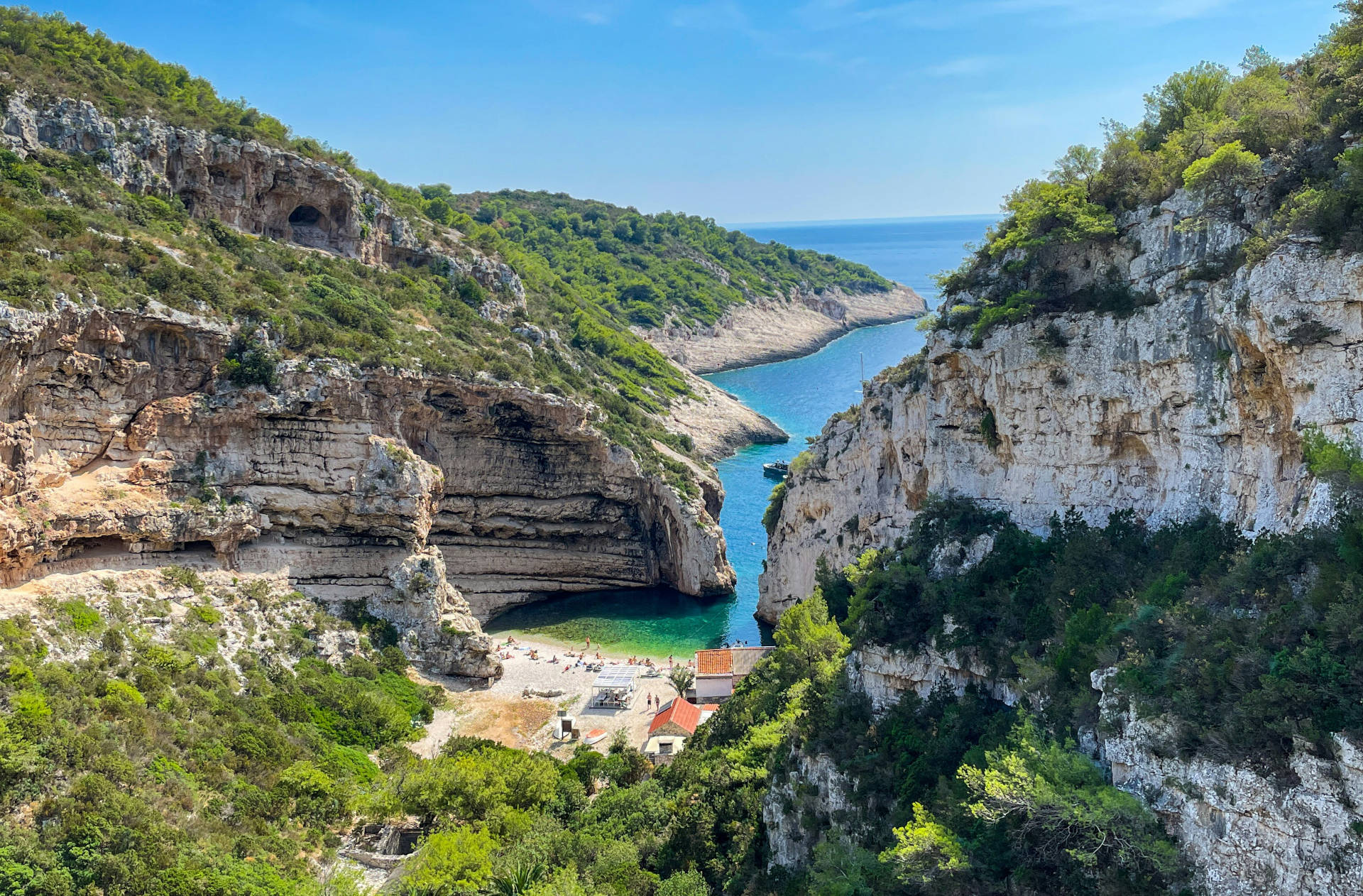
Day 5: Šćedro - Vis (Vis)
The island of Vis is the destination of choice for those visitors who desire the experience of the unique, today largely lost, true Mediterranean atmosphere and way of life. A unique cultural and historical heritage, crystal clear sea; beautiful, secluded beaches, and many small coves and isles will leave you breathless. The entire history of Vis is linked to fishing, wine growing and wine production. The most renowned authentic white wine is the famous Vugava of Vis, which you can taste in many restaurants and wine cellars here. The town of Vis is situated on the north side of the island, along the beautiful cove of St. Juraj, which appears closed in a ring-like form by the isle of Host. Numerous luxurious restaurants and traditional taverns in the very center of town, will attract you with domestic specialties and a pleasant atmosphere. The port of Vis has low protection against stronger winds.
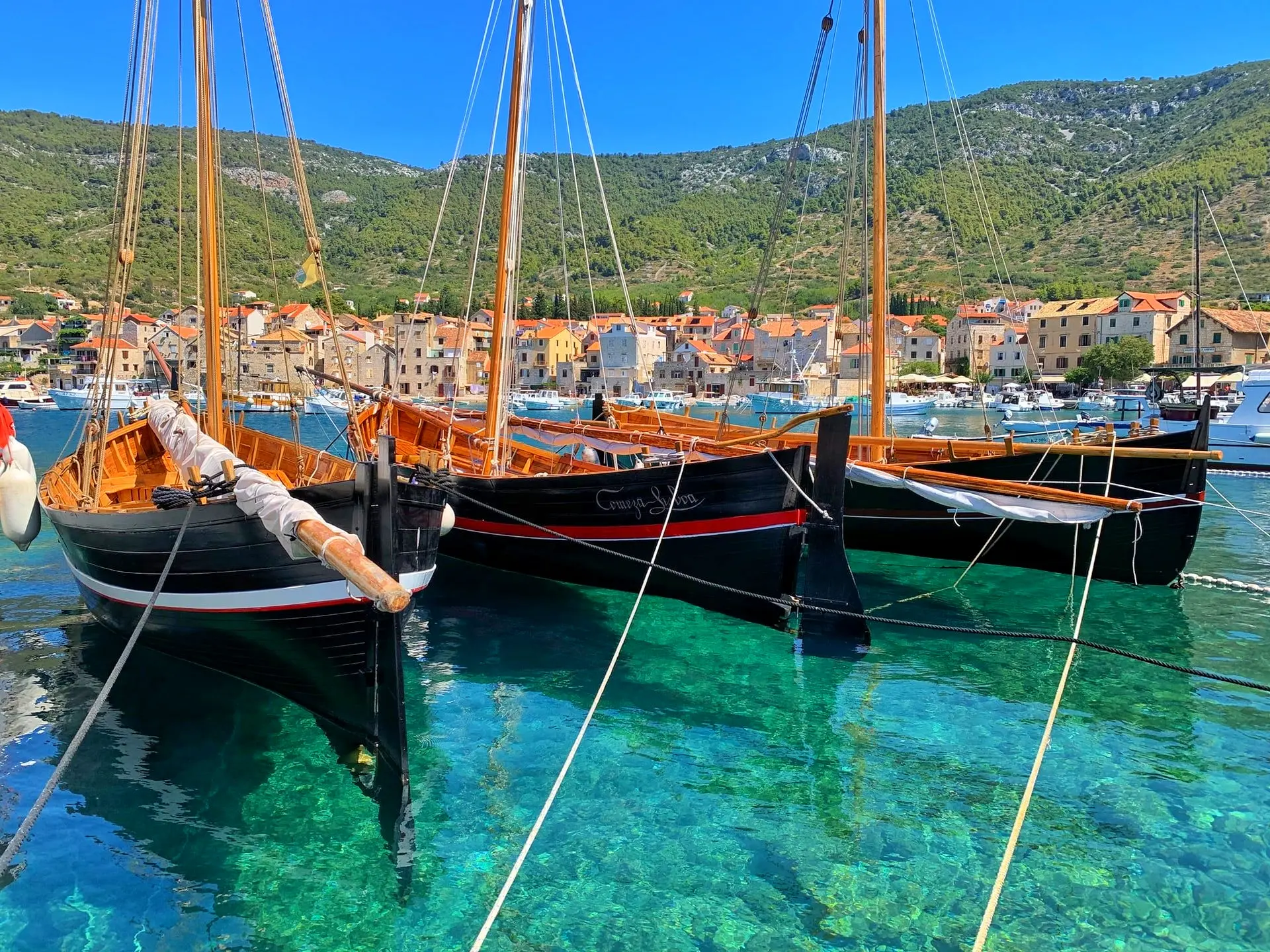
Day 6: Vis - Komiža (Vis)
Komiža, the port and town, is situated on the west coast of the island of Vis, along the northeastern side of the spacious bay of Komiža. The port is protected against the east and northeastern winds, but is exposed to the west and southwestern winds. Komiža is considered the cradle of fishing in the Adriatic, as the Fishermen's museum in town testifies. Unique in Croatia, it is located in the old Venetian tower at the town riva. The construction of wooden ships over the centuries has given birth to the "falkuša", a fishing ship endemic to Komiža, unique in the world for its specific build and sails.
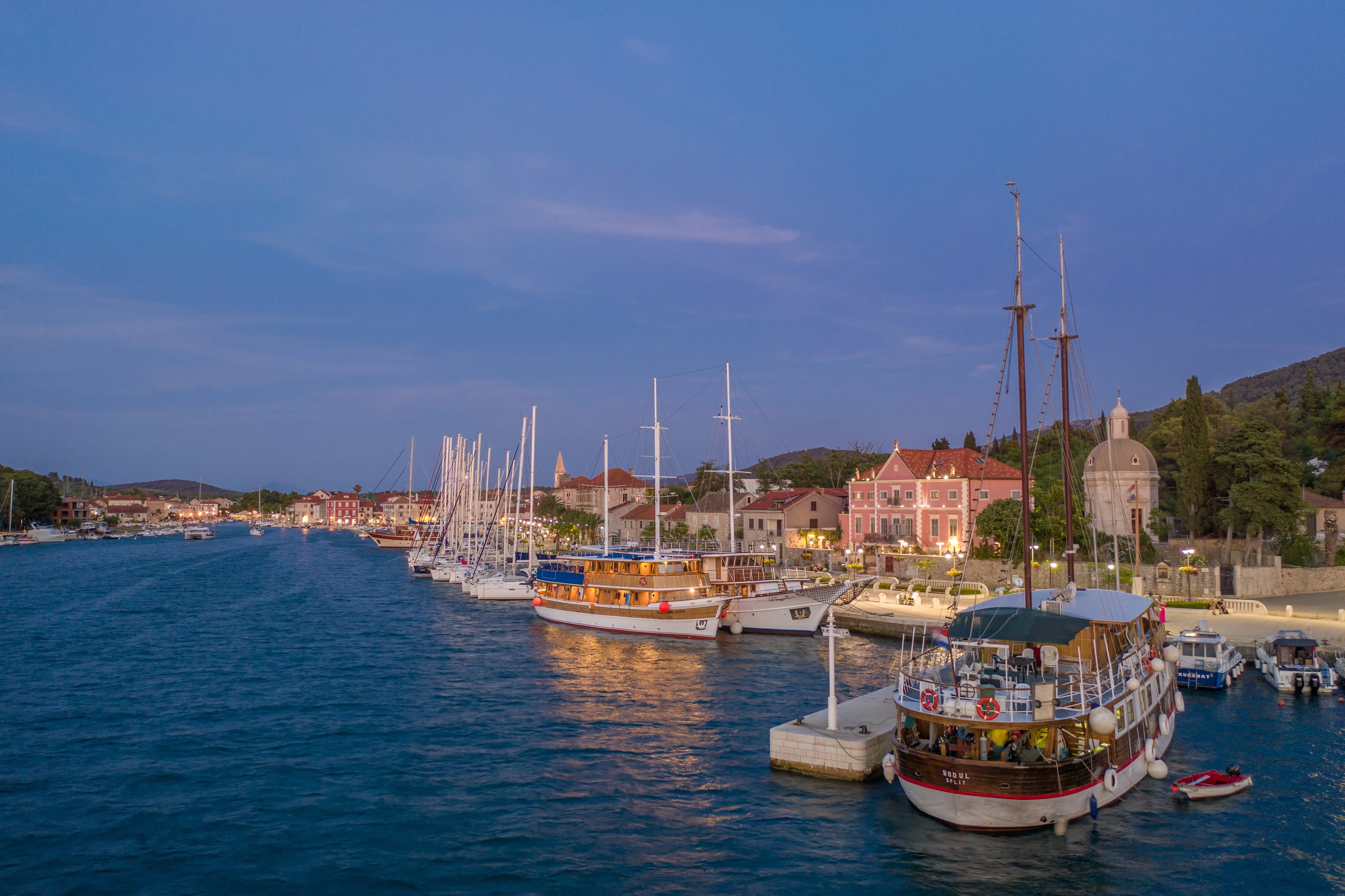
Day 7: Komiža - Biševo - Stari Grad (Hvar)
Not far from the island of Vis, a small paradise island rises from the sea - Biševo. It is renowned for its beautiful sandy beaches, colorful underwater life and unusual natural phenomena. The coastline of Biševo is dotted with many caves, the most famous of which being the Blue Cave, in the Balun cove. On sunny days, at high noon, the sunlight penetrates the cave through its underwater entrance, is reflected off the white rock bottom and illuminates the cave in astounding shades of blue, and items submerged inside in all the shades of silver. Entry to the Blue Cave is permitted by small rowboat only, and only in quiet,waveless weather. Stari Grad is the oldest city in Croatia, a peer of Aristotle. It is situated at the end of a bay 4nm deep, along the northwest coast of Hvar. Due to its central position, it has been a seamen's sanctuary for centuries; today, the Stari Grad cove is an obligatory stop for sailors cruising the Adriatic. The city is surrounded by vineyards, olive tree orchards and pine woods. Its population's main occupations are wine making, olive oil production, pomiculture, fishing and especially tourism. Various options for accomodation; taverns and restaurants serving domestic specialties and traditionally fine island wines; cultural landmarks, as well as the variety of sports and recreational activity options, attract numerous visitors. The sea around Stari Grad is renowned for its rich flora and fauna. Underwater fishing is possible along the southern coast of Kabel peninsula, which closes around the bay. Stari Grad is not protected against northern winds. Within the Stari Grad bay, the coves Zavala and Tiha offer shelter from these northern winds; the coves Gračište, St. Ante and Maslinica offer shelter from the southern winds.
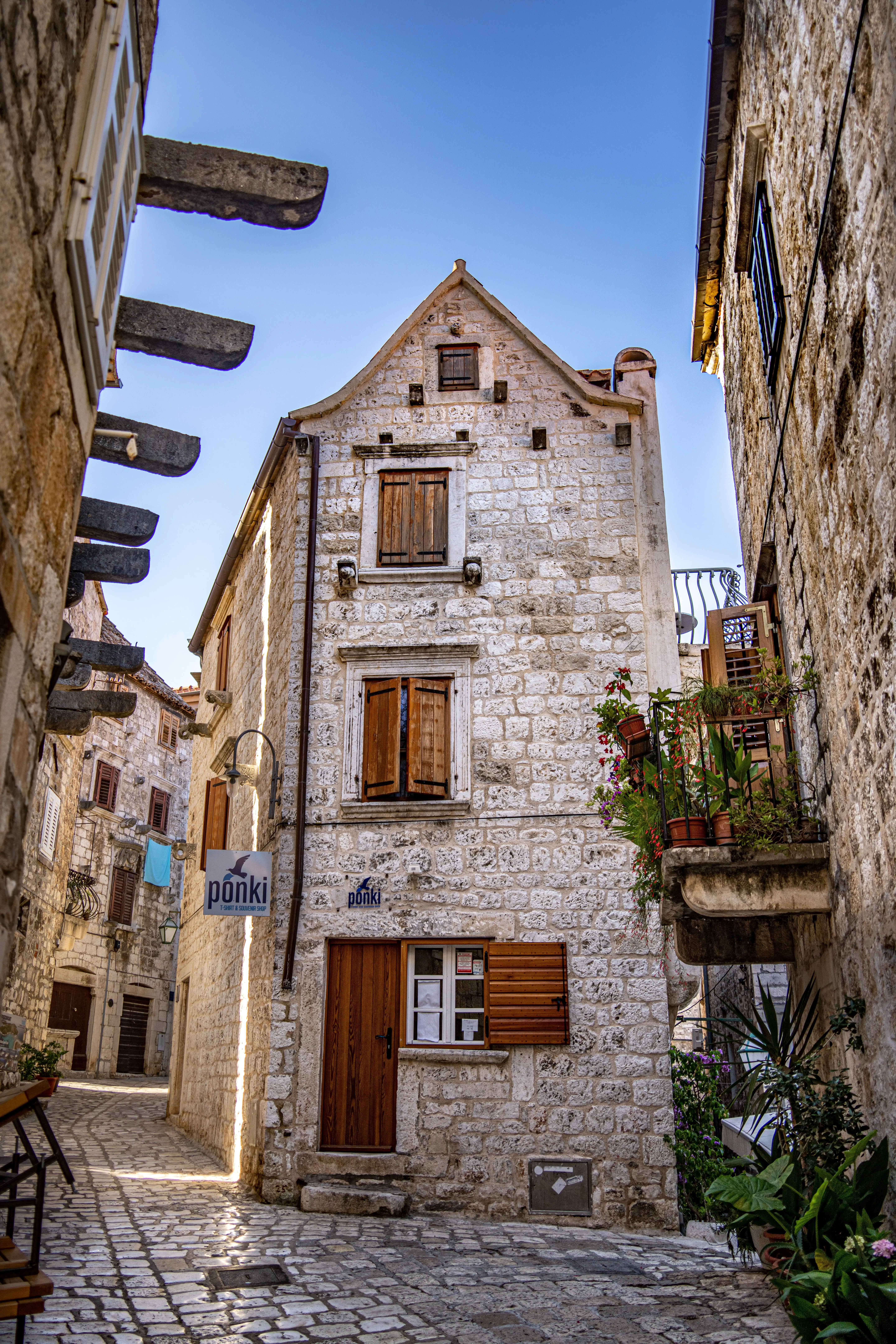
Day 8: Stari Grad - Palmižana
Off the southwestern coast of the island of Hvar, a group of around 20 isles and reefs is situated, known as the Pakleni otoci (infernal islands). Pakleni otoci are a unique and the most distinguished natural beauty of Hvar. Forested isles amidst crystal clear blue sea, countless secluded beaches and beautiful desolate inlets, present a far-known sunny Arcadia of Hvar. The best shelter on Pakleni otoci is the ACI marina Palmižana on the northeastern coast of the isle of St. Klement, which is shielded from all winds. However, in a strong southwestern wind, some tidal waves may occur. Palmižana is the oldest and best known resort on Hvar. It is surrounded by thick pine forests and various other exotic vegetation.
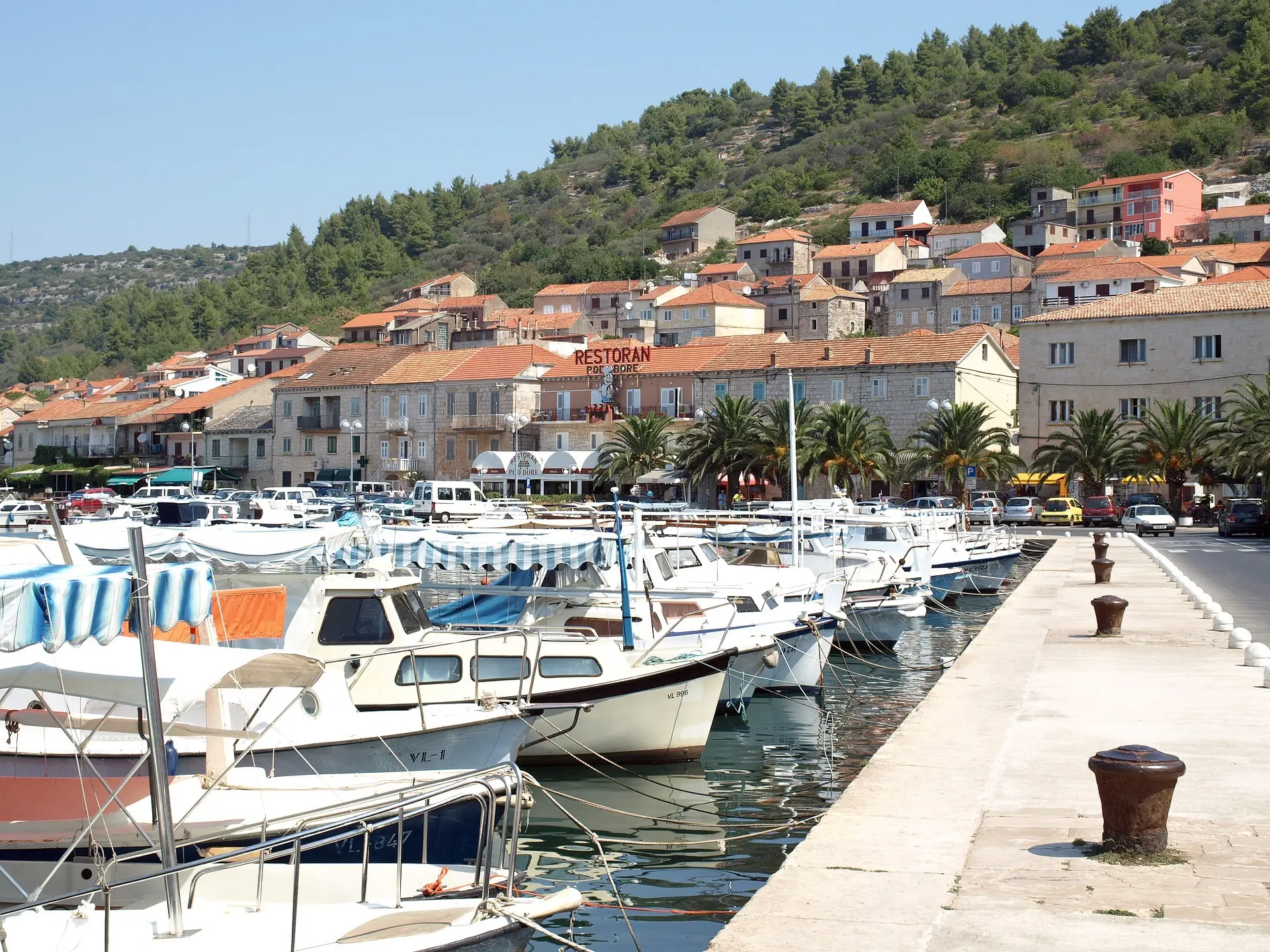
Day 9: Palmižana - Proizd - Vela Luka (Korčula)
The area of Vela Luka on the island of Korčula bears archaeological evidence of habitation as early as the Old Stone Age - 20,000 B.C. To the present day, the Illyrians, Romans and Slavic peoples have all left their marks on this soil; with the Vela Luka of today blossoming since the 18th century to the present day. The town of Vela Luka is located at the end of a bay 9,2km long, offering excellent shelter from the elements. Trips are organized many times a day from here, to the many surrounding islands, including the well-known Proizd and Ošjak.
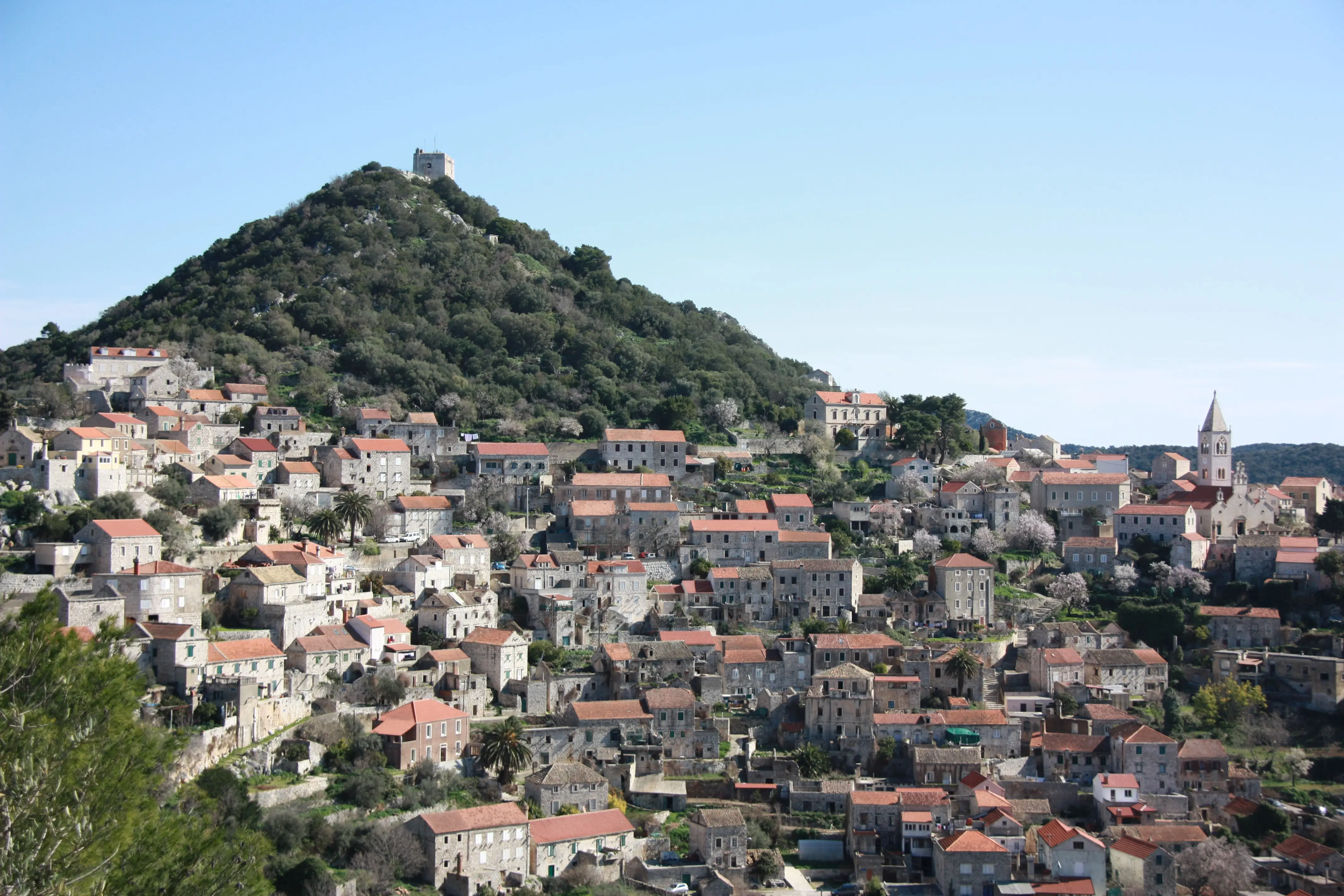
Day 10: Vela Luka - Zaklopatica (Lastovo)
Zaklopatica is a cove on the north side of Lastovo, only 2km away from the town Lastovo. It is possible to berth smaller boats at its modest riva, or in the middle of the cove up to 15m deep. Almost closed up by the isle in front of it sharing its name, the entrances to the cove are 1m-7m deep. Zaklopatica is a perfect starting point for the exploration of Lastovo's beautiful natural environment, whether via land, sailing, or diving.
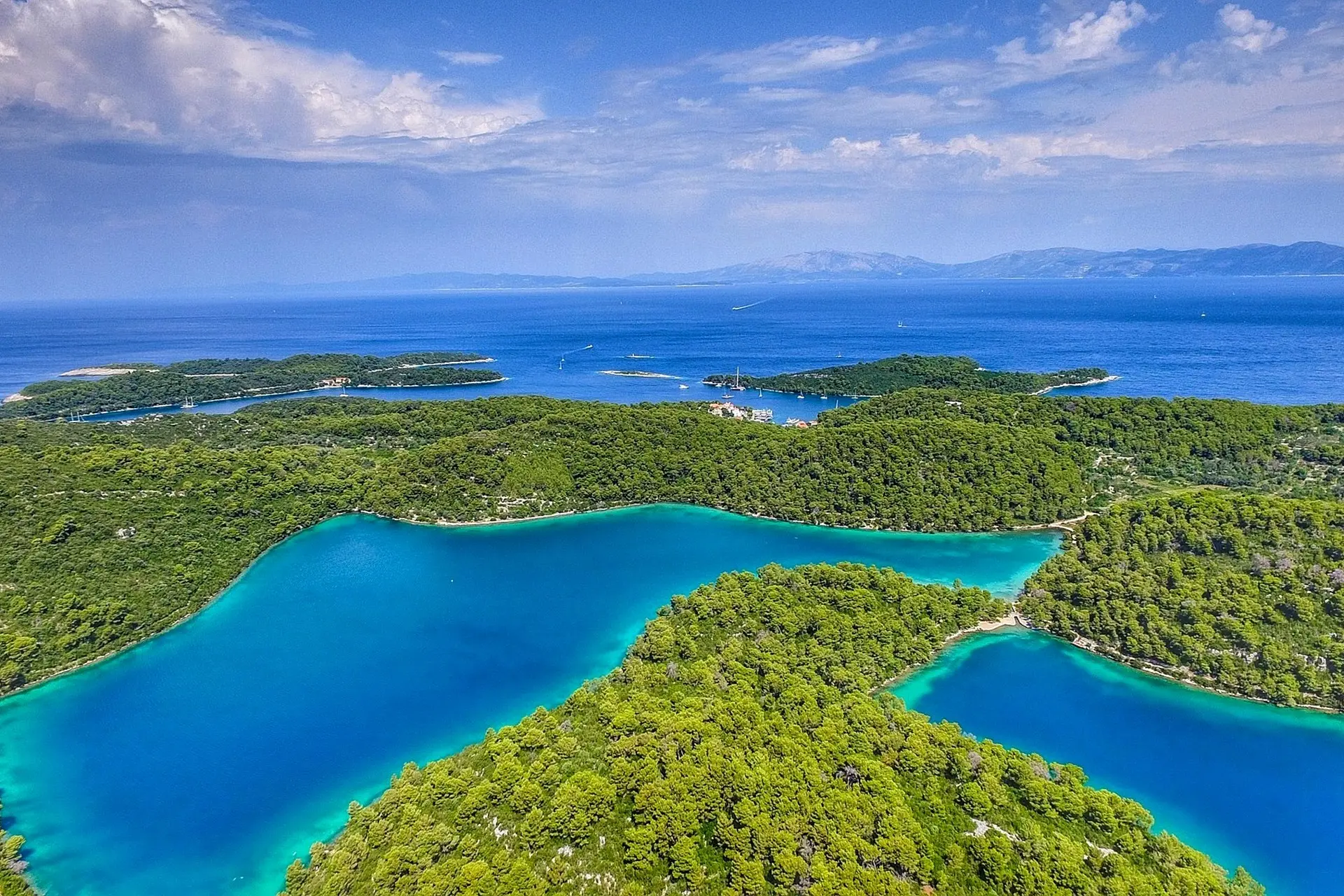
Day 11: Zaklopatica - Pomena (Mljet)
Pomena is a small port village settled in the heart of the National park of Mljet. Being very close to Dubrovnik, and connected to it by regular boat line, Pomena is a unique tourist destination in its being a part of pristine natural and historic environment; while at the same time retaining the advantages of the proximity to a large city center such as Dubrovnik. Various accommodation and recreation possibilities are offered in Pomena, and the island of Mljet itself being a National park, it is not to be overlooked when travelling through the Adriatic.
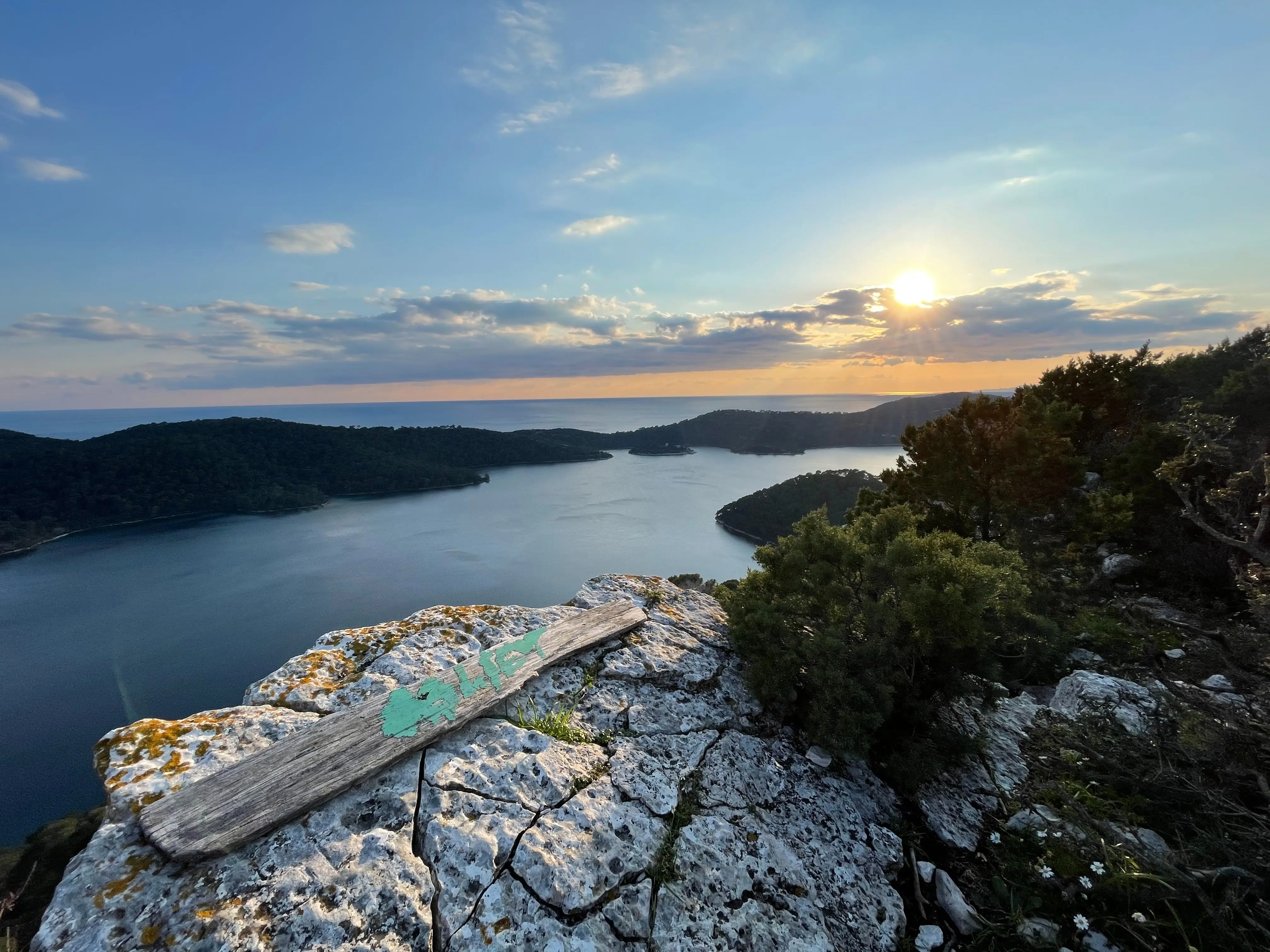
Day 12: Pomena - Saplunara (Mljet)
Saplunara is a beautiful sandy cove situated on the southeastern coast of Mljet, offering private accommodations and serene sandy beaches around the cove. It is at some places very shallow, only allowing for berths up to 2m deep. It is well protected from all winds except southwestern ones.
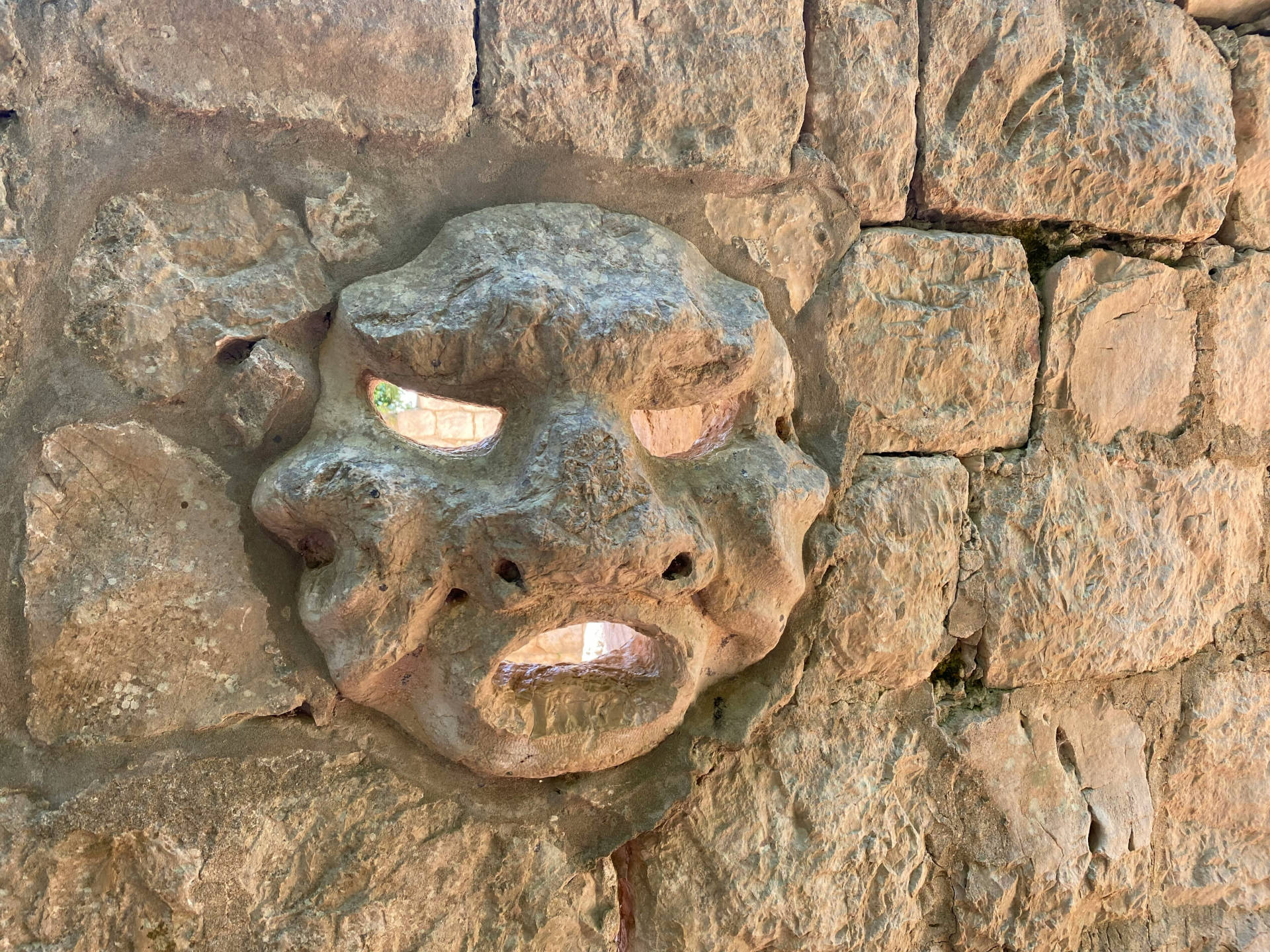
Day 13: Saplunara - Lopud
Lopud is an island in the Elaphitic archipelago, south of Šipan. It is very well indented, and has but one settlement and port. The entire cove of Lopud is shallow, allowing berths up to 3m deep. It is exposed to northwest winds.
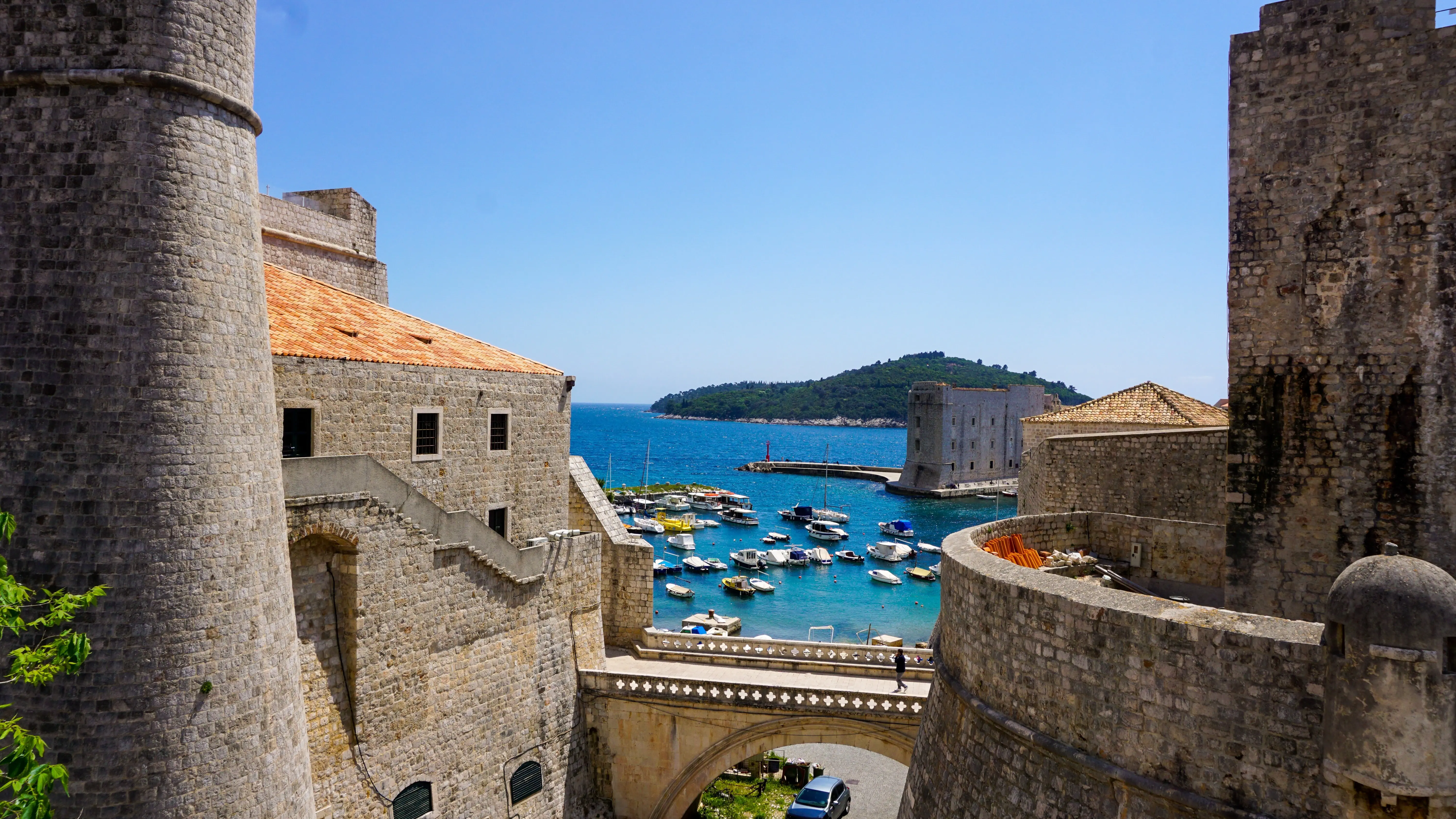
Day 14: Lopud - Dubrovnik
The city of Dubrovnik, once the center of the Dubrovnik Republic which, for a time, competed on equal ground with Venice in the north, is today one of the most important tourist and historic centers on the Adriatic, as well as the Mediterranean. By far the best way to experience the vast cultural and historical heritage of Dubrovnik, is to traverse its streets on foot. A stroll over the famous Stradun, and the 25m high, 2km long City walls, will take you past numerous palaces, churches, and various places whose lesser significance all adds up to the vast glory of Dubrovnik. Its name is somewhat of a synonym for Croatia in the far corners of the world, and the more you learn of Dubrovnik, the less surprised you will be to know that its population increases tenfold during the peak of the tourist season.

